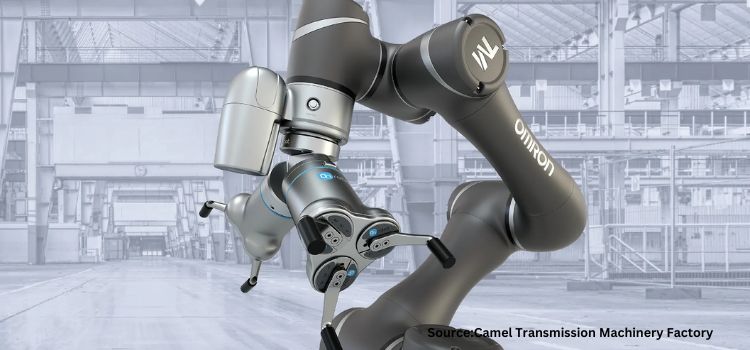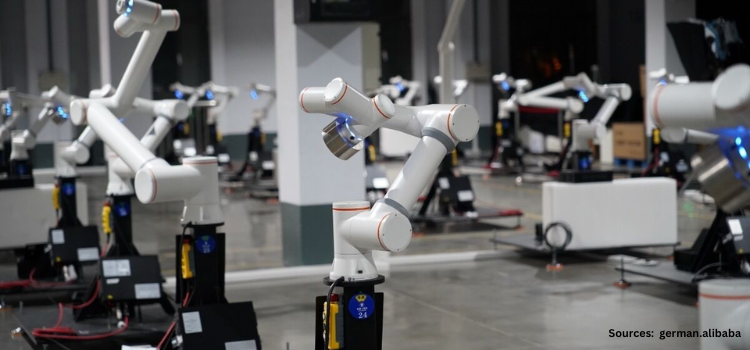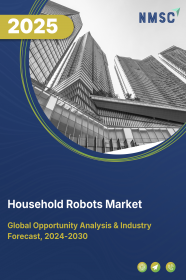
Household Robots Market by Component (Hardware and Software), by Functionality (Autonomous, and Remote Control), by Application (Housecleaning, Lawn Mowing, Companionship, Elderly Assistance and Others), and by Distribution Channel (Online and Offline)–Global Opportunity Analysis and Industry Forecast 2025-2030
US Tariff Impact on Household Robots Market
Trump Tariffs Are Reshaping Global Business
Household Robots Market Overview
The global Household Robots Market size was valued at USD 11.98 billion in 2024 and is predicted to reach USD 34.11 billion by 2030 with a CAGR of 19.1% from 2025-2030.
The household robots also known as personal service robots market or domestic robots market includes the robotic devices that is designed to assist with various domestic tasks including cleaning, cooking, security, and companionship. These robots are equipped with advanced technologies such as artificial intelligence and sensors that offers unparalleled convenience and efficiency.
Through automating repetitive and time-consuming chores domestic robots helps to free individuals to focus on more productive tasks and also provides valuable support for elderly and disabled individuals. The presence of smart appliances technology in these robots allows seamless integration into interconnected home ecosystems providing enhanced control and customization options. The market represents a transformative shift in domestic living by enriching the daily experiences of consumers and addressing modern lifestyle demand.
Market Dynamics and Trends
The surge in the demand for automation in performing household tasks propels the adoption of domestic robots as people seek advanced, convenient and time saving solutions for performing routine chores. Domestic robots are integrated with artificial intelligence and robotics technology that enhance the capabilities of these robots to navigate domestic environments, and perform tasks with precision and reliability. Consequently, the demand for streamlined and automated domestic life accelerates the growth of domestic robots market.
Additionally, the rise in ageing population boosts the need for personal assistance to support the elderly people in performing their tasks and to look after them, thereby propelling the market growth. Elderly people face physical limitations making routine task challenging that drives the need for automated solutions such as domestic robots to assist them with household chores.
As per the report of the World Health Organization (WHO) 2022, 1 in 6 individuals in the world will be above the age group of 60 years and above by 2030. Additionally, the individuals in the age group of 80 years and above is expected to triple between 2020 and 2050 that is around 426 million. This reflects a positive outlook for the growth of the market as it offers practical solutions to the senior citizens and help them to retain independence and privacy.
Moreover, the heightened isolation experienced by individuals’ necessities the need for companionship and emotional support that accelerates the adoption of domestic robots. The report of the United Nations reveals that around 1 in 4 people at global level is undergoing mental health issues. The ability of the domestic robots to provide emotional support and companionship to users to express their feelings without any hesitation results in propelling growth of the market.
However, data privacy concerns including data theft and misuse of personal information associated with household robots is restraining the growth of the market. Domestics robots require access to sensitive data to perform tasks and improve functionality that raise the fear of data breach, misuse of personal information, and unauthorized surveillance. Such primacy issues result in consumer hesitation and regulatory scrutiny that hinders the overall market growth.
On the other hand, the integration of advanced AI algorithms in household robots to learn from interactions with the users and adapt to changing circumstances based on their behaviours autonomously is expected to create ample opportunities for market growth in the forthcoming years.
Market Segmentation and Scope of the Study
The household robots market report is segmented on the basis of component, functionality, application, distribution channel, and region. On the basis of component, the market is divided into hardware and software. On the basis of functionality, the market is bifurcated into autonomous household robots and remote control.
On the basis of application, the market is divided into housecleaning, lawn mowing, companionship, elderly assistance robots and others. On the basis of distribution channel, the market is divided into online and offline. Regional breakdown and analysis of each of the aforesaid segments include regions comprising North America, Europe, Asia-Pacific, and RoW.
Geographical Analysis
Asia-Pacific holds the dominant in the household robots market share and is projected to maintain its dominance throughout the forecast period. This is attributed to the growing elderly population in the countries such as China, and India that leads to increase demand for automation system tailored to the needs of the elderly population.
The latest report of the United Nations states that largest elderly population at global level resides in China that is around 280 million in 2022 and is expected to double by 2030. Domestic robots aid to reduce physical strain on elderly people to enable them to maintain independence in their own home resulting in surge in demand for personal service robots in the region.
Furthermore, the rise in demand for automation for handling household chores accelerates the demand for efficient and time saving solutions such as domestic robots. This trend led to the manufacturers to introduce advanced domestic robots in the region that is designed to automate tasks such as cooking, cleaning, and pet care. For instance, in December 2023, LG launched Smart AI Home Agent that integrates AI, robotics and multi modal technologies in India. The AI home agent combine advanced communication capabilities with autonomous mobility to help users in household chores, thereby boosting the market growth.
On the other hand, the North America is expected to show a steady rise in the household robots market. This is due to the rising expense of household paid service that necessities the adoption of automation system to reduce human intervention. The report of the U.S. Bureau of Labor Statistics states that the average consumer expenditure for household paid services accounts for 33.3% that indicates a rise of 9% from the previous year. It indicates about the rising household expense for regular maintenance work such as gardening, pet care, lawn cleaning that propels the demand of domestic robots that offers customized paid service solutions based on different households in the region.
Moreover, the presence of key players related to the domestic robots sector such as LG Electronics Inc., Dyson Ltd., and Sanctuary AI in the region are adopting various strategies such as product launch that in turn is driving the household robots market demand. For instance, in March, 2023, an advanced domestic robot named URIEL was introduced by Sanctuary AI in Canada that contains feature to operate safely alongside humans for performing various household chores such as cleaning, cooking and gardening.
The new domestic robot consists of advanced capabilities including mobility, dexterity, and perception, enabling it to perform a wide range of household tasks autonomously. Such product launch enhances the availability of domestic robots and widens customer choice for advanced household automation system, thereby propelling the household robots market growth.
Competitive Landscape
The household robots industry comprising of various key players such as Preferred Robotics Inc., Samsung Electronics Co. Ltd., Ecovacs Robotics Co. Ltd., The LEGO Group, Neato Robotics, Inc., LG Electronics Inc., Dyson Ltd., iLife Robotics Technology Co. Ltd., Tata Elxsi, Y Combinator, Amazon.com Inc., Altverse, Tennant Company, Matic Robotics, KEYi Technology and others. These companies are adopting various strategies including product launches and partnership to stay competitive and maintain their market positions.
For instance, in January 2024, Ballie a household robot equipped with a projector was launched by Samsung, designed to assist users with various tasks and provide entertainment. This product launch resulted in significant advanced technology in the domestic robots industry by offering a versatile and interactive robotic companion for domestic use.
Further, in June, 2023, Preferred Robotics introduced a domestic robot named Kachaka that is featured to assist with household chores such as cleaning and serving along with a detachable table fitted with caster wheels. This product launch contributed to the growth of the household robots market by catering to the need for innovative solutions through robotic assistance to increase convenience and efficiency in home environments.
Moreover, in May, 2023, Ecovas Robotics collaborated with the 147th WKC Dog Show, to integrate its core technology into pet-owning households. This partnership resulted in Ecovas Robotics to offer innovative solutions for pet care and maintenance through robotic technology to satisfy the unique needs of pet owners.
Key Benefits
-
The report provides quantitative analysis and estimations of the household robots market from 2025 to 2030, which assists in identifying the prevailing market opportunities.
-
The study comprises a deep dive analysis of the current and future household robots market trends to depict prevalent investment pockets in the industry.
-
Information related to key drivers, restraints, and opportunities and their impact on the household robots market is provided in the report.
-
Competitive analysis of the players, along with their market share is provided in the report.
-
SWOT analysis and Porters Five Forces model is elaborated in the study.
-
Value chain analysis in the market study provides a clear picture of roles of stakeholders.
Household Robots Market Key Segments
By Component
-
Hardware
-
Software
By Functionality
-
Autonomous
-
Remote Control
By Application
-
Housecleaning
-
Lawn mowing
-
Companionship
-
Elderly Assistance
-
Others
By Distribution Channel
-
Online
-
Offline
By Region
-
North America
-
The U.S.
-
Canada
-
Mexico
-
-
Europe
-
The UK
-
Germany
-
France
-
Italy
-
Spain
-
Denmark
-
Netherlands
-
Finland
-
Sweden
-
Norway
-
Russia
-
Rest of Europe
-
-
Asia Pacific
-
China
-
Japan
-
India
-
South Korea
-
Australia
-
Indonesia
-
Singapore
-
Taiwan
-
Thailand
-
Rest of Asia Pacific
-
-
RoW
-
Latin America
-
Middle East
-
Africa
-
Key Players
-
Preferred Robotics Inc.
-
Samsung Electronics Co. Ltd.
-
Ecovacs Robotics Co. Ltd.
-
The LEGO Group
-
Neato Robotics, Inc.
-
LG Electronics Inc.
-
Dyson Ltd.
-
iLife Robotics Technology Co. Ltd.
-
Tata Elxsi
-
Y Combinator
-
Amazon.com Inc.
-
Altverse
-
Tennant Company
-
Matic Robotics
-
KEYi Technology
REPORT SCOPE AND SEGMENTATION
|
Parameters |
Details |
|
Market Size in 2024 |
USD 11.98 Billion |
|
Revenue Forecast in 2030 |
USD 34.11 Billion |
|
Growth Rate |
CAGR of 19.1% from 2024 to 2030 |
|
Analysis Period |
2024–2030 |
|
Base Year Considered |
2024 |
|
Forecast Period |
2025–2030 |
|
Market Size Estimation |
Billion (USD) |
|
Growth Factors |
|
|
Countries Covered |
28 |
|
Companies Profiled |
15 |
|
Market Share |
Available for 10 companies |
|
Customization Scope |
Free customization (equivalent up to 80 working hours of analysts) after purchase. Addition or alteration to country, regional, and segment scope. |
|
Pricing and Purchase Options |
Avail customized purchase options to meet your exact research needs. |









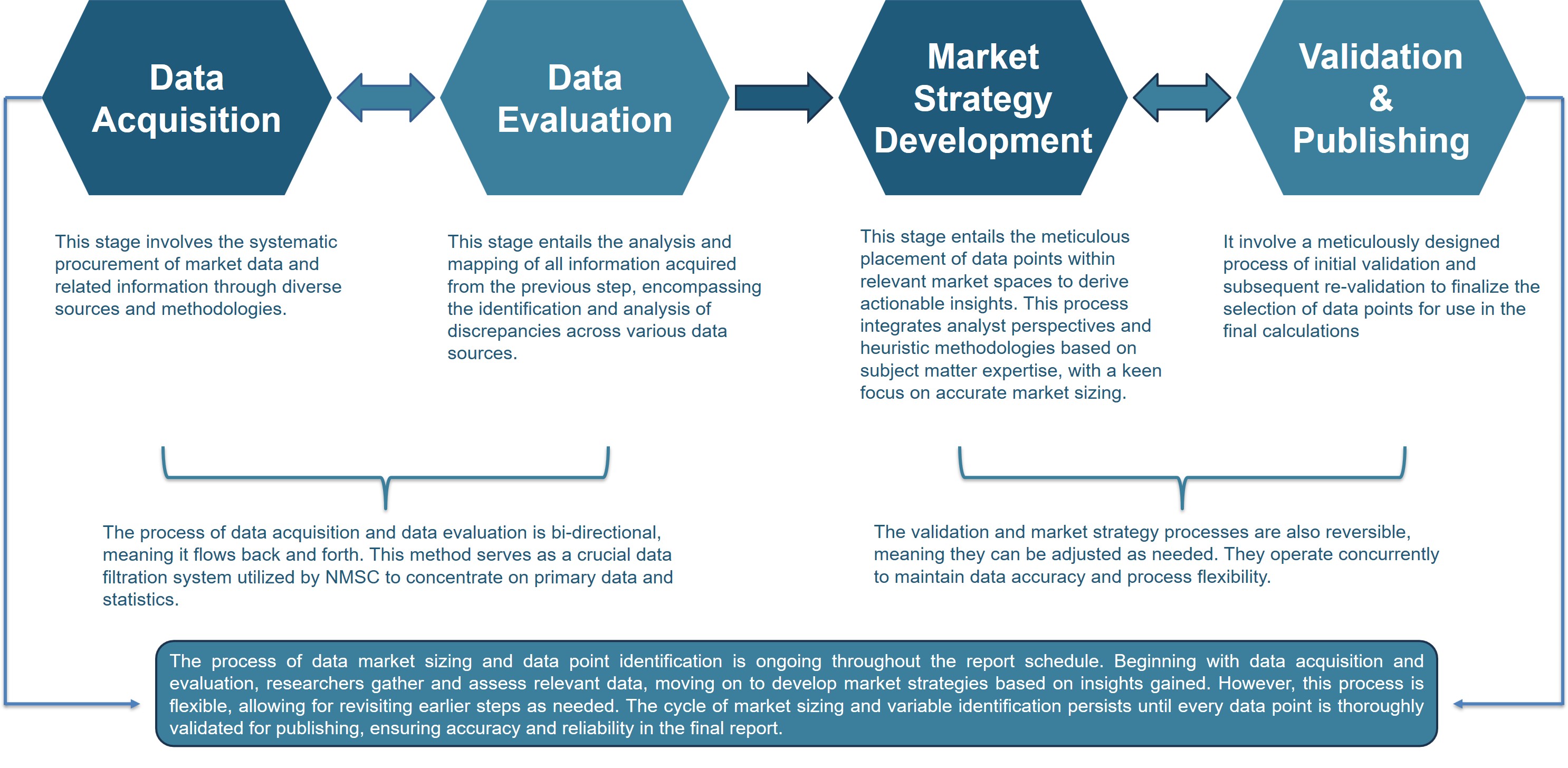



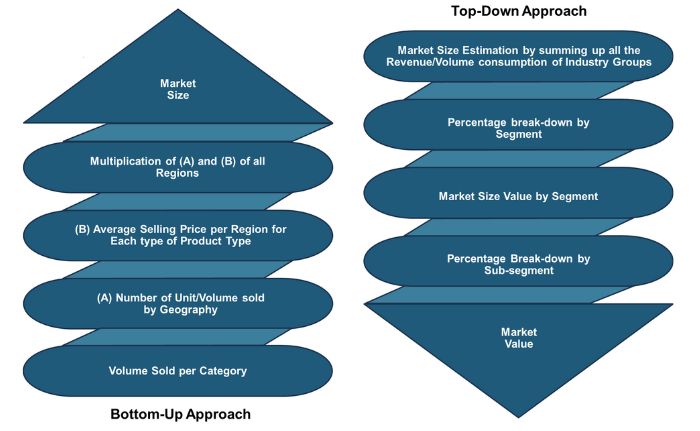
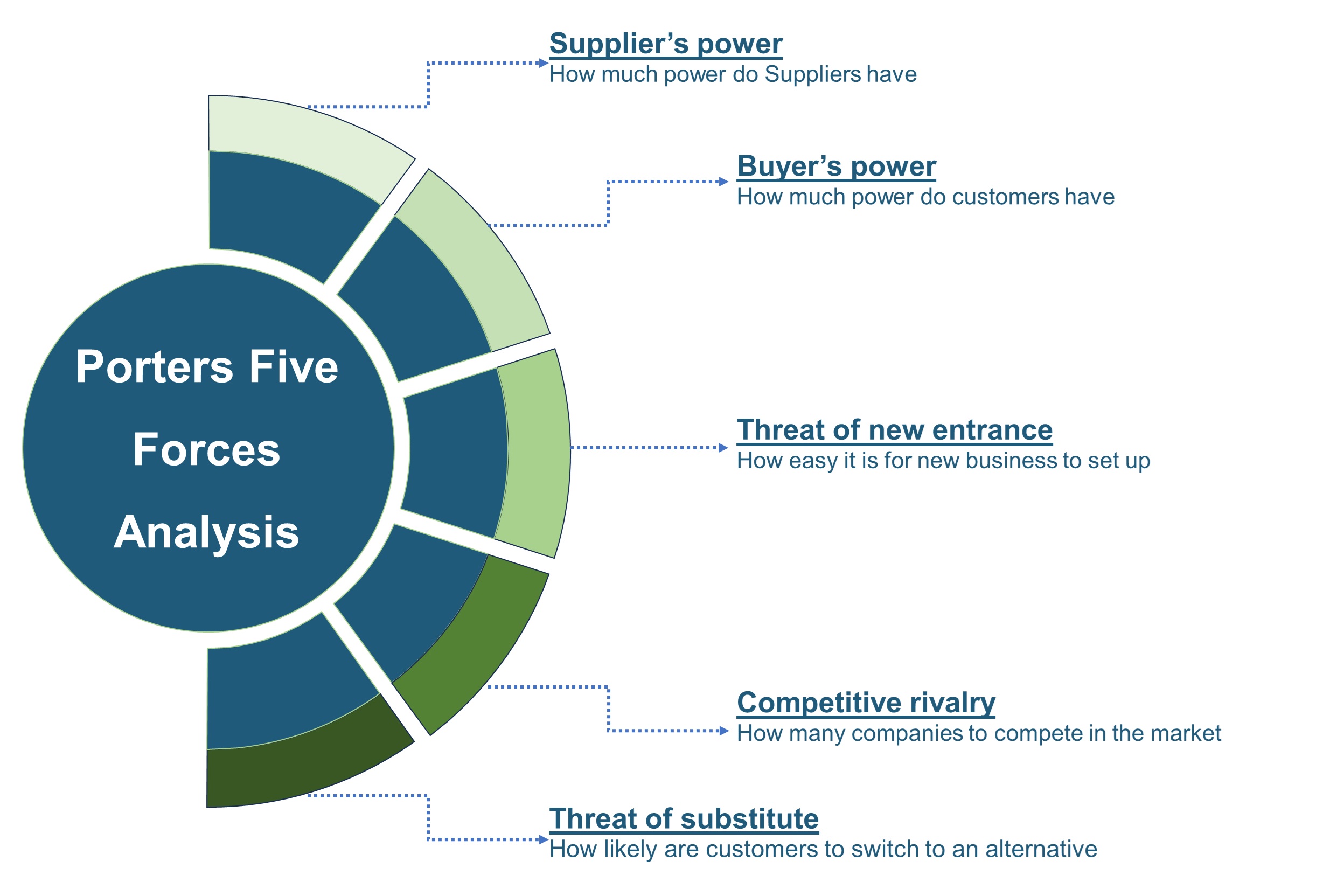
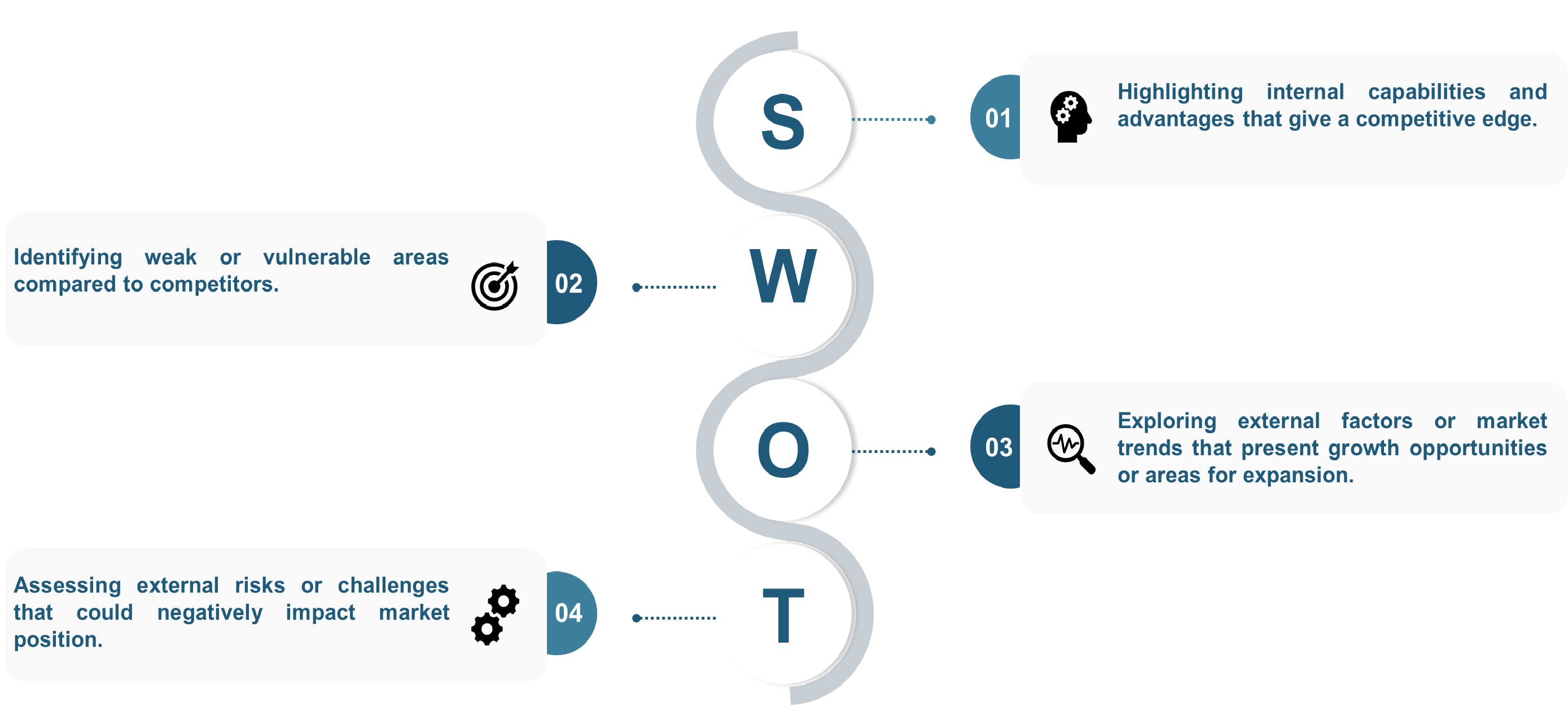
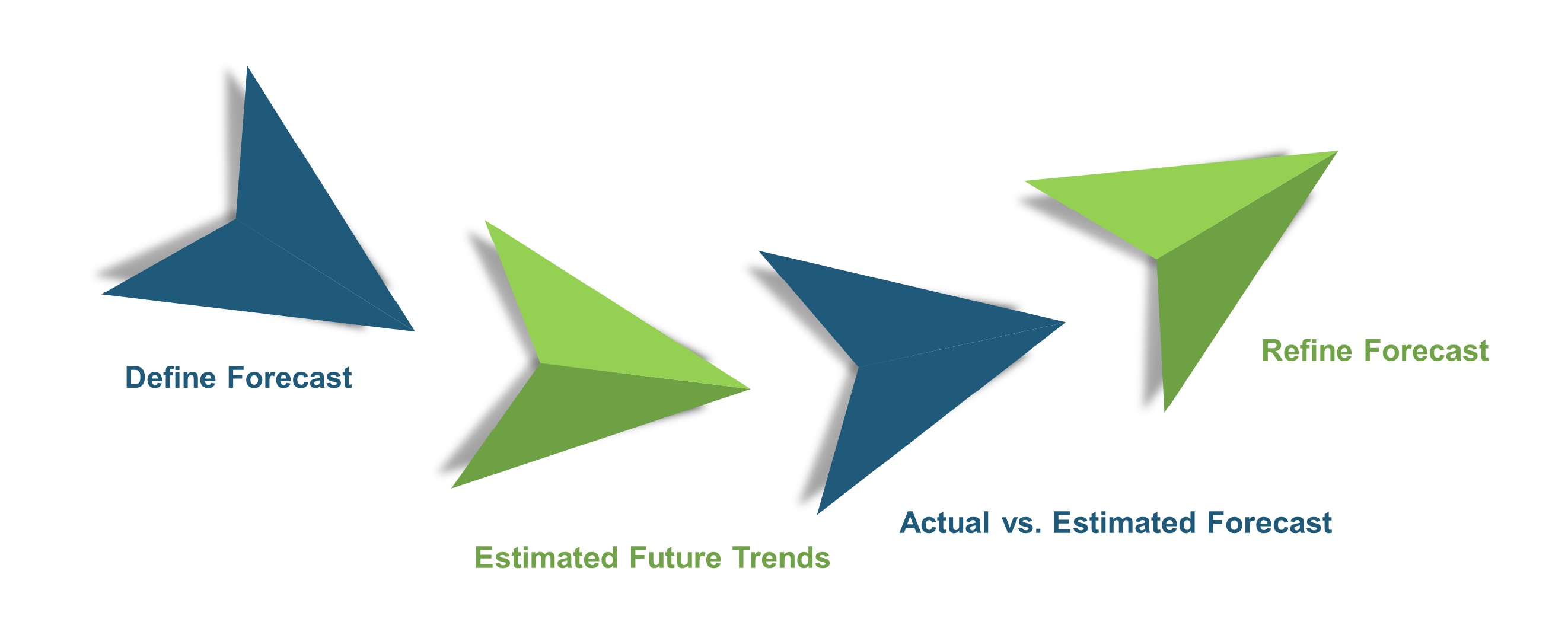
 Speak to Our Analyst
Speak to Our Analyst






